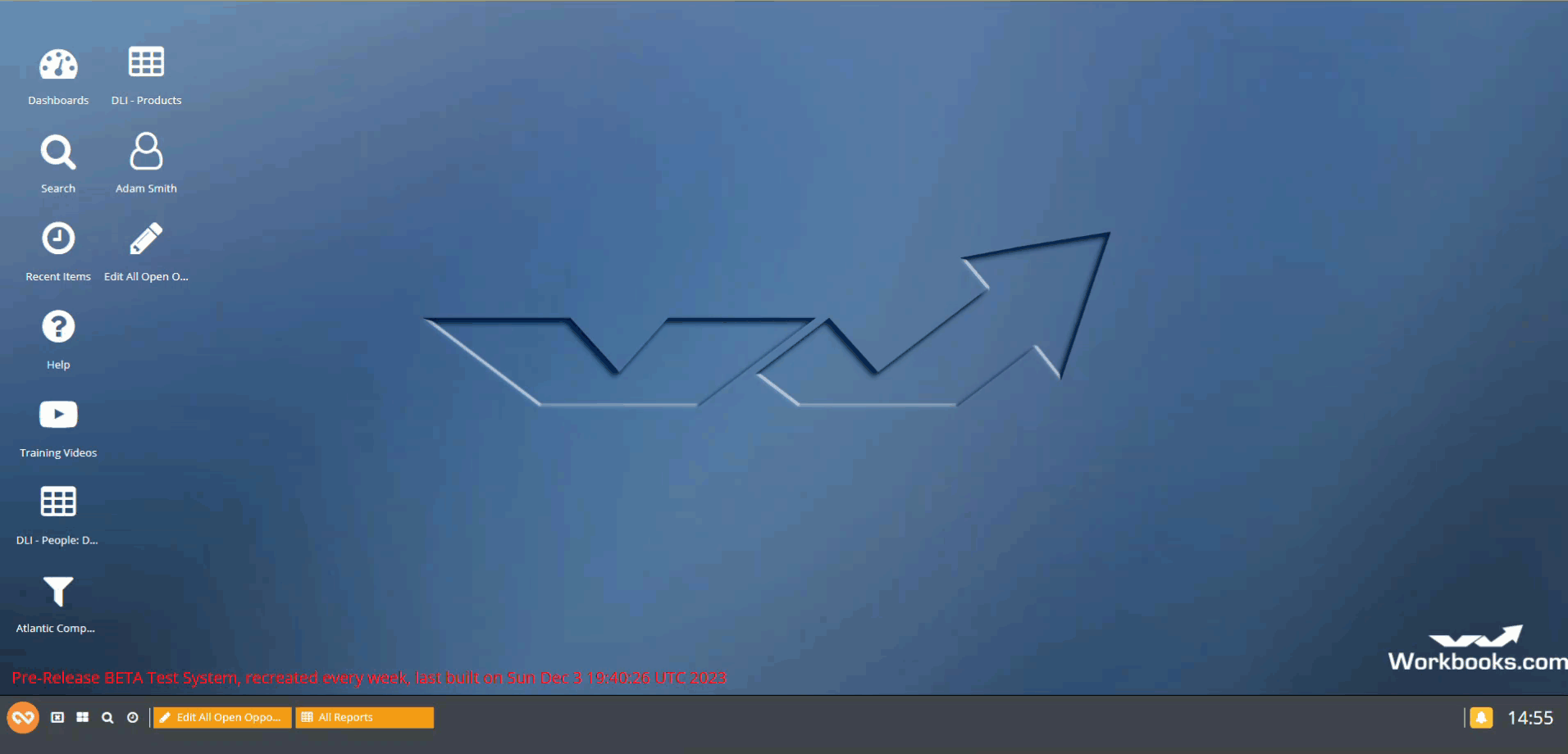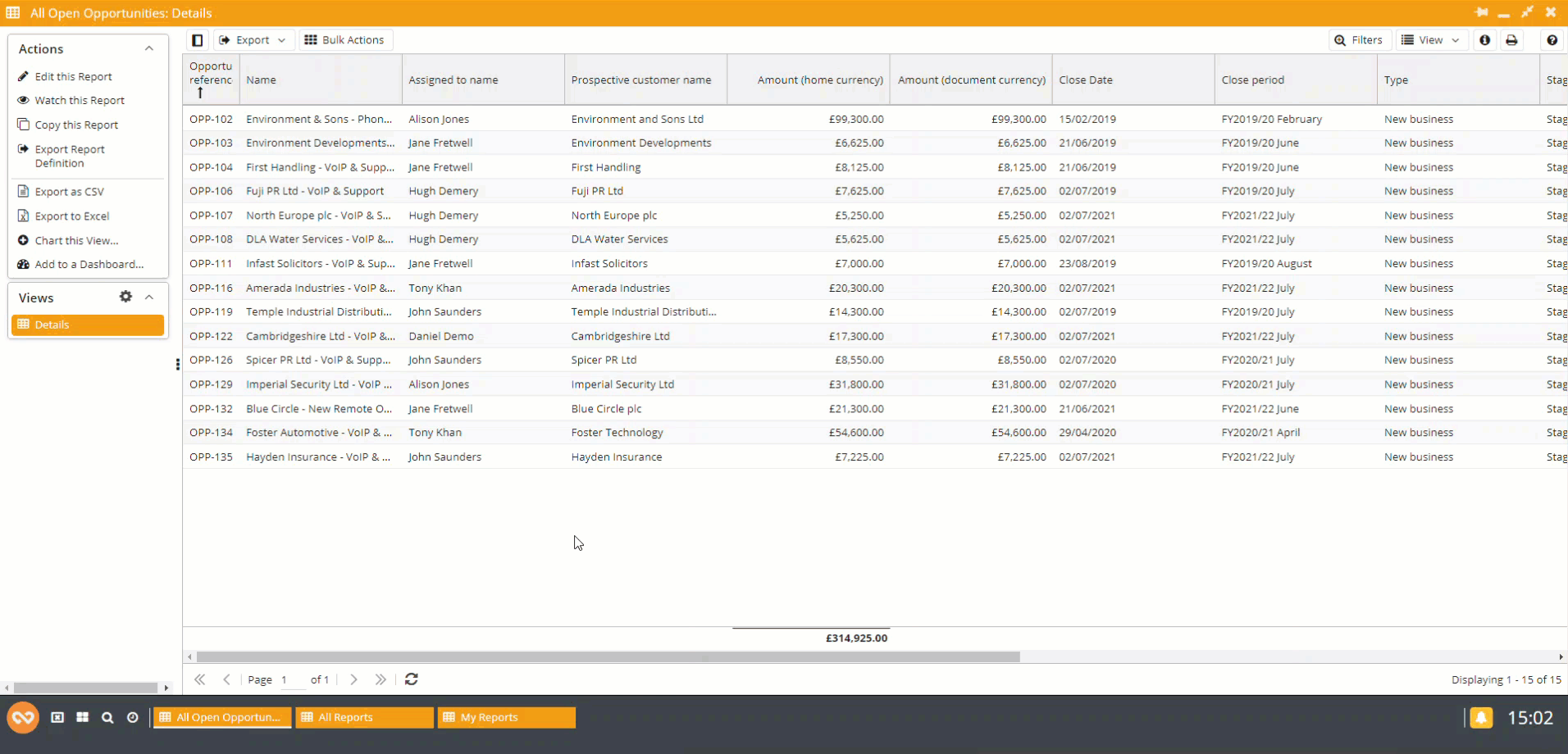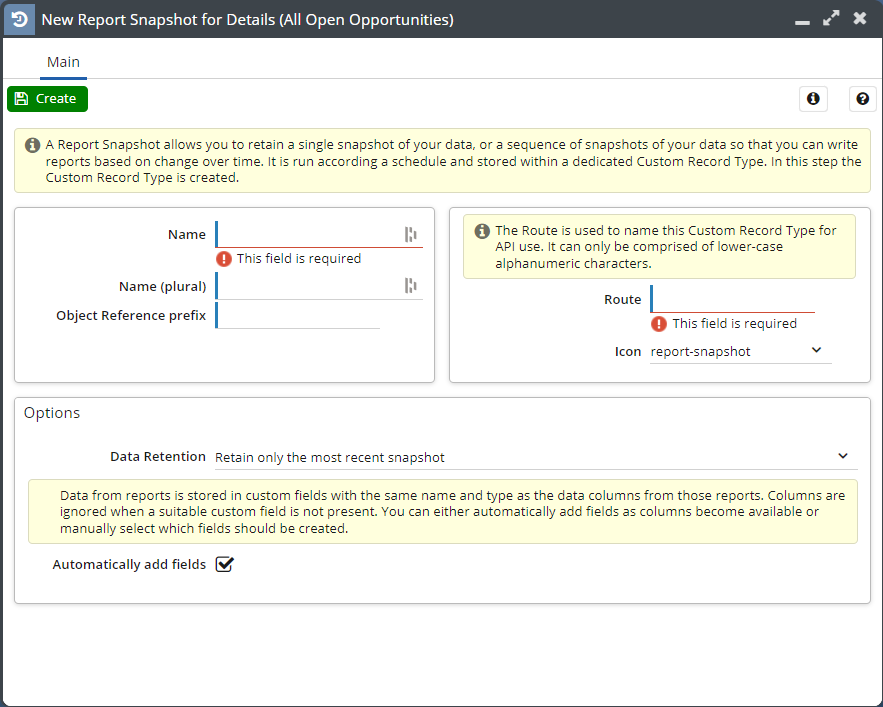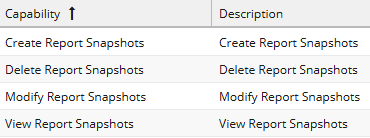Knowledgebase articles
- Welcome to the Knowledge Base
- Introduction
- Training
- Getting Started
- Preferences
- Activities
- Cases
- Importing Data
- Leads
- Marketing
- Introduction to Marketing
- Marketing Campaigns
- Mailing Lists
- Products
- Mailshots
- Upload Library
- Templates
- Event Management
- Compliance Records
- Force24
- Spotler Integration
- What is Spotler?
- Navigating your Spotler homepage
- GatorMail
- GatorLeads / Web Insights
- Tracking Code
- Setting up the Plugin
- Viewing Web Insights Data on your Form Layouts
- Domain Names and Online Activities
- Reporting incorrect Leads created through Web Insights
- Reporting on Web Insights data
- Using UTM Values
- Why aren’t Online Activities being created in the database?
- Why is GatorLeads recording online activities in a foreign language?
- GatorSurvey
- GatorWorkflow
- GatorPopup
- Opportunities
- Projects
- Integrations
- Mapping
- Electronic Signing Tools
- Creditsafe Integration
- Zapier
- Introduction to Zapier
- Available Triggers and Actions
- Linking your Workbooks Account to Zapier
- Setting up Zaps
- Posted Invoices to Xero Invoices
- Xero payments to Workbooks Tasks
- New Case to Google Drive folder
- New Case to Basecamp Project
- New Workbooks Case to JIRA Ticket
- Jira Issue to new Case
- 123FormBuilder Form Entry to Case
- Eventbrite Attendee to Sales Lead and Task
- Facebook Ad Leads to Sales Leads
- Wufoo Form Entry to Sales Lead
- Posted Credit Note to Task
- QuickBooks Online
- Survey Monkey responses to Tasks
- Multistep Zaps
- Email Integrations
- Event & Webinar Integration Tools
- GoToWebinar
- ON24
- Microsoft Office
- Outreach
- Installation
- Outreach Authentication
- Sync People to Outreach Prospects
- Sync Organisations to Outreach Accounts
- Sync Workbooks Opportunities to Outreach
- Sync Tasks/Activities from Workbooks to Outreach
- Sync Outreach Sequences to Workbooks
- Sync Outreach Sequence States to Workbooks
- Sync Outreach Sequence Step Numbers to Workbooks
- Sync Prospects/Accounts/Opportunities from Outreach to Workbooks
- Sync Outreach Tasks/Calls/Meetings to Workbooks
- Scribe/Workbooks Connector
- RingCentral
- Auditing
- Comments
- People & Organisations
- Reporting
- Introduction to Reporting
- Using Reports
- Introduction to Charts
- Exporting Reports
- Advanced Reporting
- Report Snapshots
- Dashboards
- Transaction Documents
- Introduction to Transaction Documents
- Displaying & Adding Transaction Documents
- Copying Transaction Documents
- Transaction Documents Fields Help
- Transaction Documents Line Items Help
- Printing & Sending Transaction Documents
- Managing Transaction Document Currencies
- Managing Transaction Document Statuses
- Setting a Blank Default Currency on Transaction Documents
- Credit Notes
- Customer Orders
- Invoices
- Quotations
- Supplier Orders
- Contract Management
- Sagelink
- Introduction to Transaction Documents
- Configuration
- Introduction to System Administration
- Users & Security
- Database
- Accounting
- Email Integrations
- Customisation
- Creating & Modifying Picklists
- Theme
- Record Types
- Creating Custom Fields
- Report-based Custom Fields
- Linked Fields & Reference Fields
- Record Templates
- Form Layouts
- Customising relationships between parties
- Opportunity Stages
- Custom Records
- Sign In Customisation
- Automation
- Contact Support
- Releases & Roadmap
Creating a New Snapshot
Creating a new Snapshot can be done in one of two ways:
1. From the Reporting Landing Page.
Navigate to Start > Reporting. Under Actions on the left is an option for a ‘New Report Snapshot‘.

2. From a Report
Open the Report you wish to begin making Snapshots of. Navigate to ‘Edit this Report‘ and then the ‘Snapshots‘ tab. From here click ‘New Snapshot‘.

Within the resulting new Snapshot window, you are presented with a number of fields and options. The fields here relate to the new custom record type being created to store the Report Snapshot data so fill accordingly.

- Name – the name of your Snapshot custom record type. It is recommended to keep the name of your Snapshot to a minimal length for performance and storage reasons.
- Name (plural) – the collective name for multiple of your record type.
- Object Reference prefix – the short prefix given at the start of the record reference (think ‘OPP-‘, ‘CASE-‘, etc.)
- Route – the name given to the Custom Record Type for API use.
- Icon – the small icon that symbolises the record type. Try to choose one that is different to the others in use but that still makes sense.
- Data Retention – the period for which the Snapshot will be kept. The default of ‘Retain only the most recent snapshot’ is the most performant but is not always the right choice. If you want a store of data to build up over time, look to other options here. Snapshots can be kept indefinitely but this is not recommended. Consider your available storage allocation before choosing longer periods.
- Automatically add fields – when checked, all fields from the Report will be automatically added to the custom record. On creation this will be all fields so untick this box if there are fields in your Report that you do not want to be included in the Snapshot.
Once you’re happy with the values you’ve selected, ensure you press ‘Create’ at the top of the window.
Tip
Note: Please create a user group with the four following capabilities to enable your users to have the ability to Snapshot Report.

